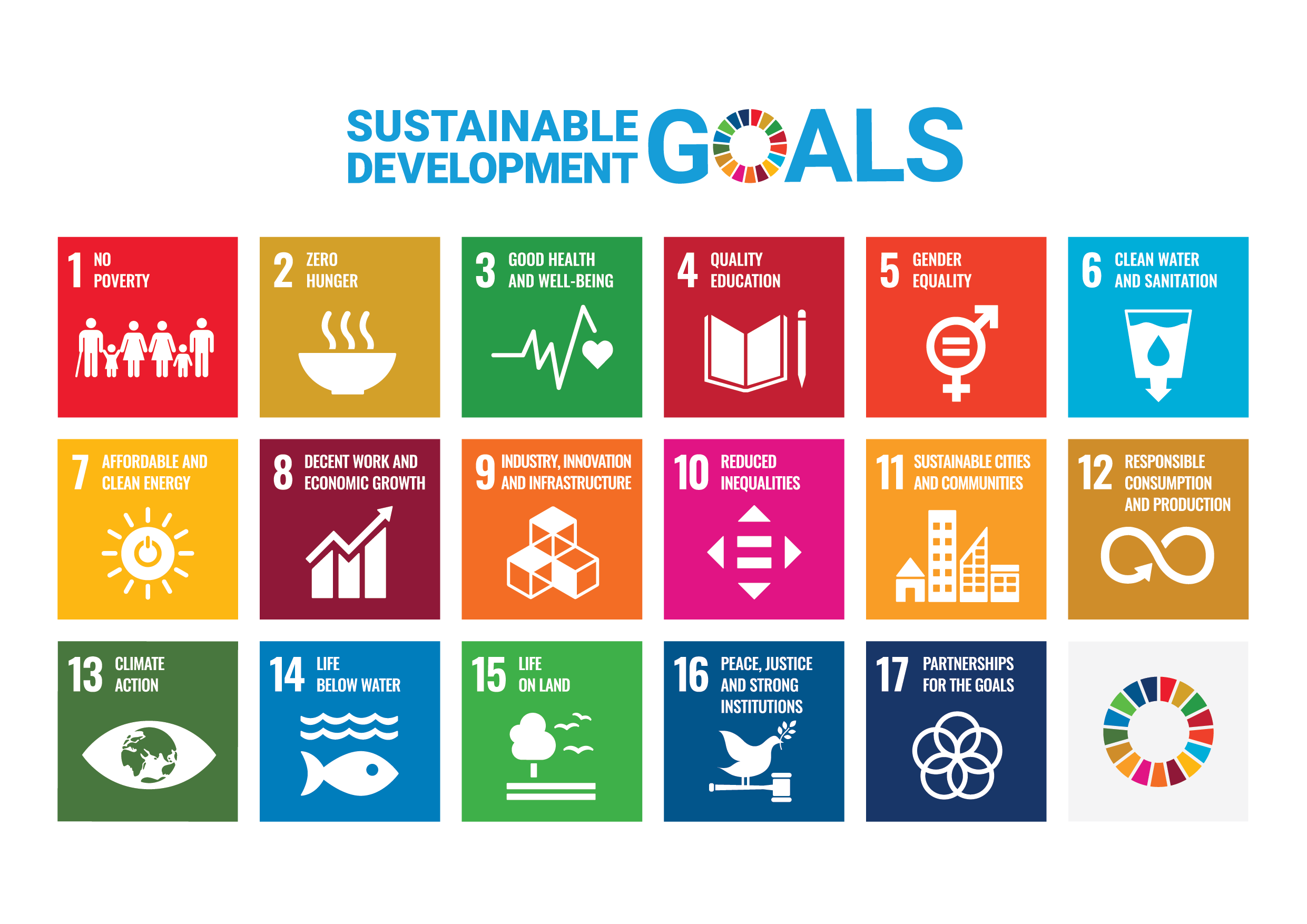By Assoc. Prof. Dr. Elammaran Jayamani
The term ‘sustainability’ has become common in today’s world. 
image: sdgactioncampaign.org
It is heard in kindergarten classrooms to university campuses, from school children to university researchers. Non-governmental organizations (NGOs) actively pursue sustainability while businesses engage in these initiatives through their Corporate Social Responsibility (CSR) programs.
The 17 Sustainable Development Goals
In 1987, the United Nations (UN) Brundtland Commission defined Sustainability as meeting the needs of the present without compromising the ability of future generations to meet their own needs. To further this cause, the UN introduced the 17 Sustainable Development Goals (SDGs) in 2015.
The SDGs, often referred to as the Global Goals, aim to create a world of peace and prosperity by 2030. These are done by ensuring a balanced approach to economic, social and environmental development.
The SDGs require awareness, creativity, advanced technologies, funding agencies, financial resources and know-how to be achieved. However, we face a pressing challenge due to population growth and excessive consumption of natural resources. This leads to recourse scarcity and higher prices for goods and services.
The energy demands for our homes, cities, transportation and industrial machinery are predominantly met by fossil fuels. It results in substantial carbon dioxide emissions which in turn contributes to the greenhouse gas effect, global warming and climate change. Consequently, we experience rising temperatures, sea levels, erratic weather patterns, increased extreme weather, land degradation, and the loss of wildlife and biodiversity. These issues underscore the urgency of practising sustainability and to achieve the SDGs.
The Manufacturing Sector and Sustainability
The manufacturing sector plays a significant role in a country’s Gross Domestic Product (GDP). However, it also contributes to major energy consumption and an increase in carbon emissions. This worsens the already present environmental threats.
In addition, approximately 75% of total energy consumption is attributed to the manufacturing sector. These include primary metal, paper, chemical, petroleum and coal industries. Moreover, greenhouse gas emissions have exhibited a consistent upward trend in carbon emissions.
To address this environmental challenge, manufacturing industries must prioritize producing goods and services with minimal resource consumption and waste. Adopting sustainable manufacturing practices can help reduce greenhouse gas emissions, enhance brand image, gain a competitive edge, and foster trust among stakeholders.
Sustainability is gaining ahold in the manufacturing industry. For example, sustainable manufacturing converts raw materials into finished products by using eco-friendly methods. These minimize pollution and negative environmental impacts. It also conserves energy and reduces natural resources used. It also enhances employee, community and product safety.
Sustainable manufacturing encompasses various aspects, including reducing energy and material consumption, minimizing waste, and using fewer hazardous materials. This creates recyclable and eco-friendly products that use less energy during production. It involves using renewable and non-hazardous materials, optimizing production processes to minimize resource usage, and employing strategies like reduced packaging, lighter products, efficient transportation, product durability, and ease of repair or redesign.
Manufacturing of the Future
Incorporating modern technologies such as Additive Manufacturing, Big Data, Artificial Intelligence, Internet of Things (IoT), Cloud Computing, Augmented and Virtual Reality, Blockchain, and Robotic Process Automation makes sustainable manufacturing practices more accessible.
Individuals can also contribute to sustainable manufacturing by choosing green and sustainable products. Participating in public awareness about sustainability and the SDGs, putting these into daily practice and working or volunteering with NGOs dedicated to achieving the Global Goals can make a significant impact.
By collectively embracing sustainability and sustainable manufacturing, we can move closer to a more environmentally friendly and sustainable future for generations to come.
The opinions expressed in this article are the author’s own and do not reflect the view of Swinburne University of Technology Sarawak Campus. Assoc. Prof. Dr Elammaran Jayamani is a Senior Lecturer with the School of Engineering and Science, Faculty of Engineering, Computing and Science. He is contactable ejayamani@swinburne.edu.my

